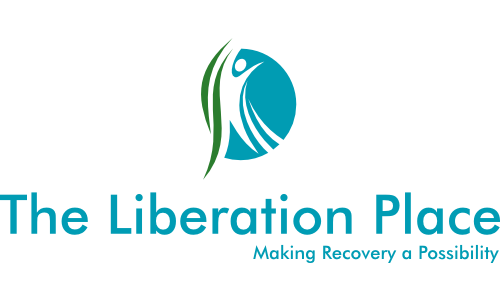Checking the Facts
Checking the Facts is one of the most challenging DBT skills to work with, and at the same time, probably the most essential part of what we do in Emotion Regulation. Primarily, this is because the skill itself is all about differentiating between what’s happening in the situation we are facing, and our story about what’s happening in the situation we’re facing. Quite often, these can be 2 completely different things. Yes, sometimes our story about what’s happening is exactly in line with the facts of actuality, sometimes it’s a little bit off in some areas, and sometimes, its so far out in left field, its no longer in the ballpark. Our behaviour patterns are often just a reaction that’s based purely and simply on the story that’s generated by our perception of the current situation that we find ourselves in.
If our interpretation of the situation is completely out of sync with what’s actually going on, it can lead to an excessive amount of emotional suffering. In many cases, there is a big difference between actuality, in other words what’s indisputable about the situation, and our own personal reality, which is often based on perceptions that are driven by our distant past. Our childhood re-enactments of these past experiences are incredibly powerful things, and they regularly influence our current behaviours in a completely subconscious way. I believe that I was constantly living into my past, rarely facing things in the moment as new and fresh experiences. I also believe this to be true for many of the people I support in group, and one on one counselling.
" If the facts around actuality were provided as evidence in a court of law, there would be no doubt in anyone’s mind that this was the truth, nothing is in doubt, it’s just fact."
~Steven Morris RP.
When activated, we only see things from the perspective of the story that’s in place because of psychological filters that are based in hindsight bias or confirmation bias. These subjective screens play a massive role in the way we see the world. They highlight the information strongly associated with our childhood stories, otherwise known as our Schema, which in turn then activate our Modes of behaviour in an attempt to cope with the emotional experience. These behaviours are basically the different parts of our personality reacting to a rigid point of view about what we should or should not do to “fix” the current problem. Checking the Facts gives us the ability to step out of these stories, accepting that there are many different truths at play in any situation. Dialectically speaking, Checking the Facts allows us to recognize our reality from that of others, accepting that neither is right or wrong, or good or bad, so we can see if the behavioural response that’s trying to play out is effective for us to Live the Life we Want to Live.
Its important to recognize that our own unique version of reality is also forever changing on its own, after all, nothing is concrete forever. Our stories change as we get older and learn new things. As individuals, we develop new behaviours minute by minute, hour by hour, day by day. We shift into different perspectives based on the fluid nature of developing as a human being, and it’s this ability to learn and grow in a positive manner that makes us who we are. In contrast, the facts of actuality are just so. They’re exactly the same for everyone, and they’re completely indisputable regardless of who’s describing the circumstance. If the facts around actuality were provided as evidence in a court of law, there would be no doubt in anyone’s mind that this was the truth, nothing is in doubt, it’s just fact.
“Our stories change as we get older and learn new things. As individuals, we develop new behaviours minute by minute, hour by hour, day by day.”
~Steven Morris RP
In the PDF at the bottom of the page there is a worksheet containing a series of questions to ask yourself when attempting to Check the Facts. Practice these questions in situations when you aren’t emotionally activated. Use them to notice your stories and see if you can recognize the times when your own psychological filters have you seeing the world from a certain point of view. If you’re struggling to find your story, Use your mindful journals to explore these stories further to identify your dominant schema, and pay attention to the facts of actuality as opposed to the story you’re telling yourself.
Download the PDF of this page
Follow us on Social Media





